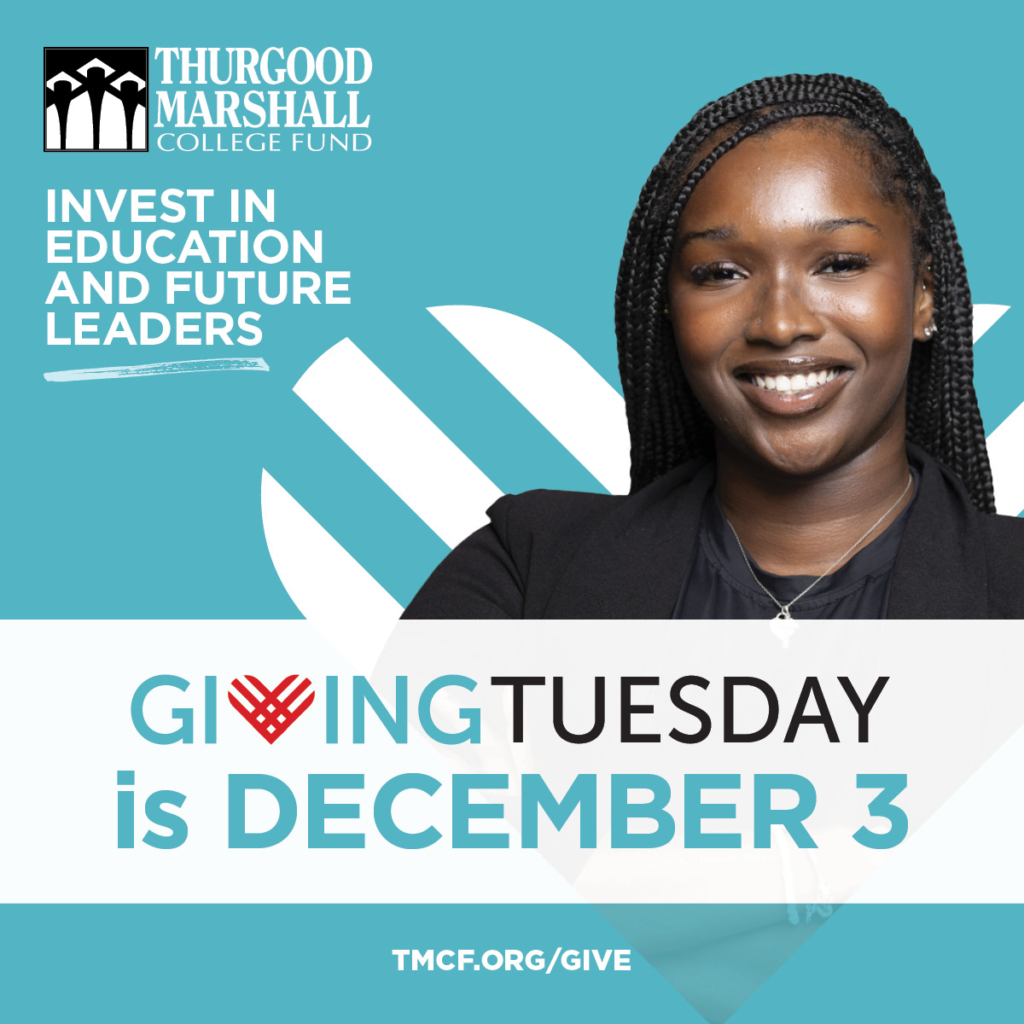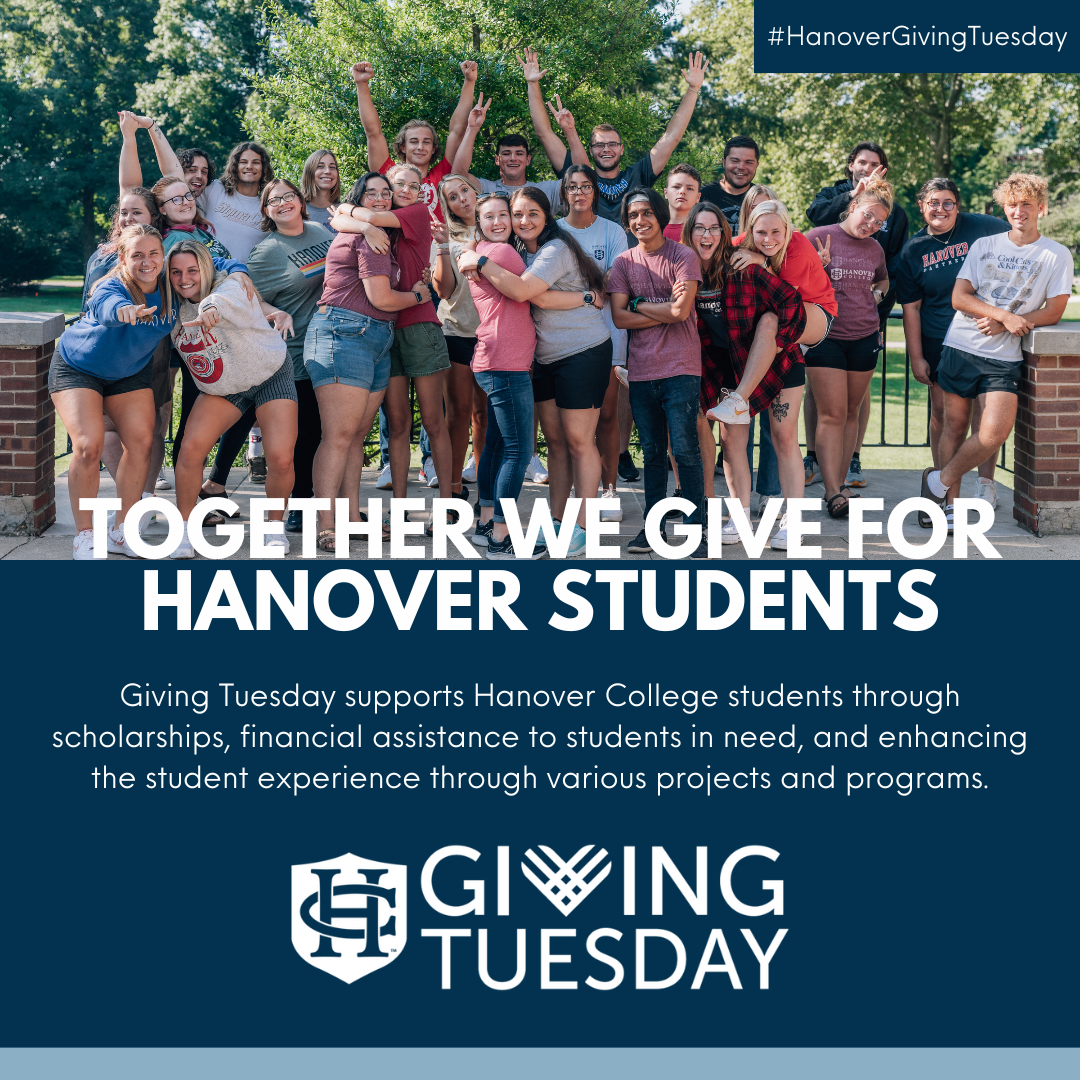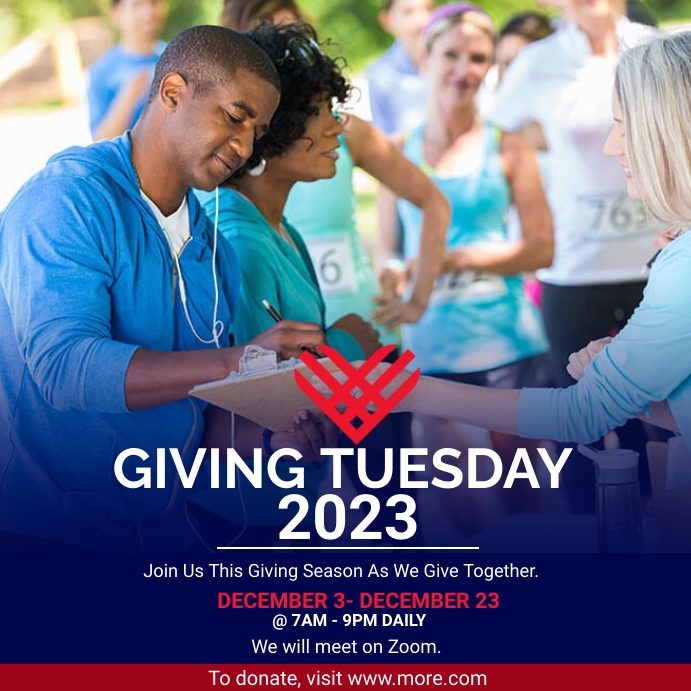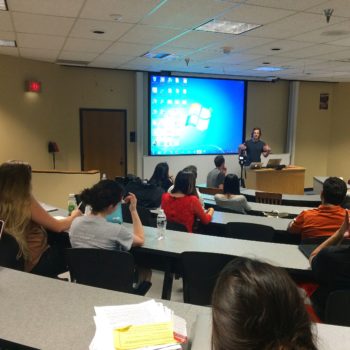Every year, on the first Tuesday after Thanksgiving, the world unites for Giving Tuesday – a global celebration of generosity and collective impact. What started as a simple idea in 2012 has grown into a worldwide movement, mobilizing millions of donors and nonprofits across 80+ countries to give back in powerful ways.
For nonprofit leaders, Giving Tuesday represents more than a single day of fundraising. It’s a rare opportunity to rally your community, re-engage lapsed supporters, attract new donors, and tell the most important story of all: why your mission matters—right now.
But here’s the truth: competition for attention and donations is fierce. Hundreds of organizations will be emailing your supporters, sharing urgent social posts, and launching emotionally-charged campaigns on the same day. To stand out, your nonprofit needs more than a generic donation button or a last-minute tweet—you need a strategic, thoughtful, and high-converting plan.
This detailed guide will walk you through some Giving Tuesday strategies to help your organization not only meet your fundraising goals, but build lasting momentum for the year ahead. From campaign planning to donor engagement, digital optimization to post-campaign stewardship—we’ve got you covered.
Giving Tuesday dates for the next few years.
- 2025: Tuesday, December 2
- 2026: Tuesday, December 1
- 2027: Tuesday, November 30
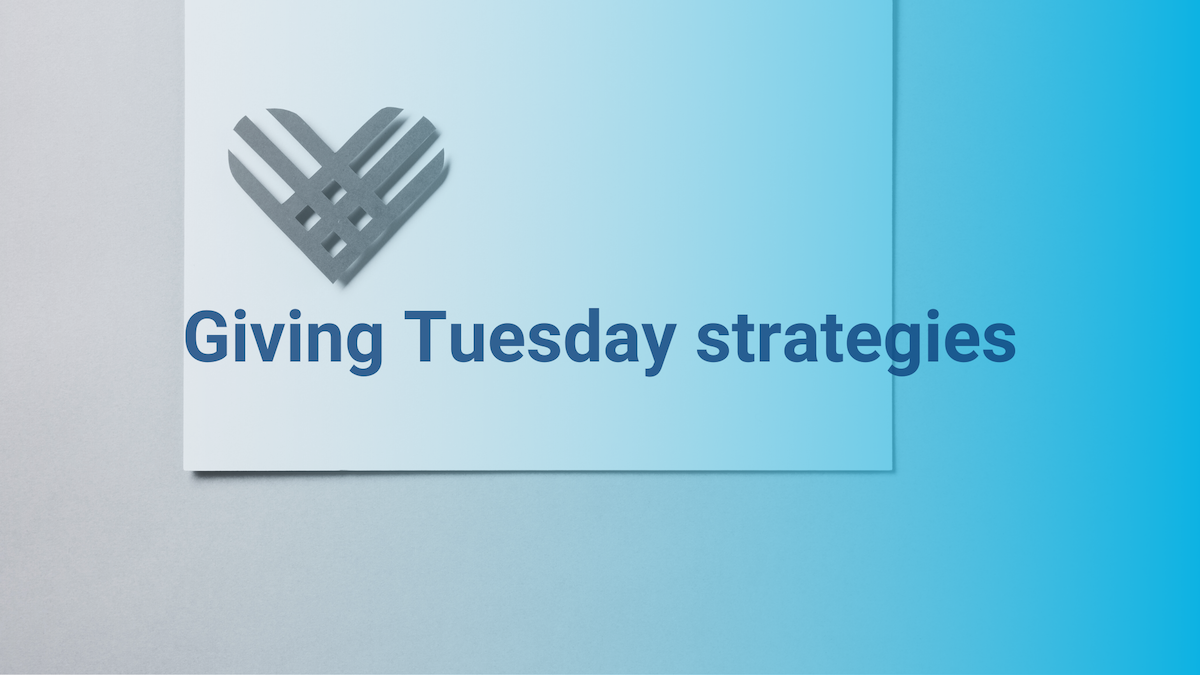
📅 1. Start Planning Early (6–8 Weeks Out)
The earlier you begin, the better positioned you’ll be to run a seamless campaign.
Why it matters:
Many organizations begin communicating with their donors in October, giving them a head start on attention and commitment. A rushed campaign lacks clarity and tends to underperform.
How to do it:
-
Build a campaign calendar
Break down tasks by week: goal-setting, creative development, outreach, social posts, email drips, thank-yous. -
Set SMART goals
-
Specific: Raise $15,000 for youth literacy programs
-
Measurable: Gain 200 new donors
-
Achievable: Based on past campaigns and list size
-
Relevant: Directly aligned with your mission
-
Time-bound: By midnight on Giving Tuesday
-
-
Assign roles and responsibilities
Even a small team can divide tasks effectively:-
Campaign lead
-
Communications (email & social)
-
Website & tech updates
-
Donor stewardship
-
-
Develop creative assets early
This includes branded Giving Tuesday graphics, campaign videos, testimonials, and donor spotlights.
🎯 2. Craft a Clear and Compelling Campaign Message
Your messaging is the emotional core of your campaign. Make it count.
Why it matters:
Generic messages like “Donate today!” don’t inspire action. Donors give when they feel connected to a story and understand the why behind the ask.
How to do it:
-
Focus on one tangible outcome
“$50 provides books for 3 children in low-income schools.” -
Tell human-centered stories
Feature one child, family, or community member who benefits from your work. Use photos, short videos, or quotes. -
Create a central campaign theme or slogan
Example: “Read to Rise: Empowering Young Minds this Giving Tuesday” -
Reinforce urgency
“We only have 24 hours to reach our goal. Every gift helps unlock access to education.”
🌐 3. Optimize Your Online Donation Experience
If your donation process is clunky, you’ll lose conversions—even from interested supporters.
Why it matters:
Giving Tuesday is a high-traffic day. You need to minimize friction and make it easy for supporters to say yes.
How to do it:
-
Test your donation form in advance
Check for mobile responsiveness, speed, and broken links. Run through the entire donation flow as a user. -
Use suggested donation amounts + impact
Example:-
$25 = 1 month of school supplies
-
$100 = Nutrition support for 1 family
-
$250 = A laptop for a college-bound student
-
-
Enable recurring giving with a one-click option
Label it clearly: “Make this a monthly gift and multiply your impact.” -
Add trust-building elements
Secure payment icons, testimonials, charity watchdog ratings, and a simple privacy policy can increase conversions.
Helpful examples – 34 Amazing Nonprofit Website Designs
📣 4. Run a Multi-Channel Campaign
Don’t rely on just one platform. Use a strategic mix to reach different donor segments.
Why it matters:
Different supporters engage on different platforms. Email might drive older donors. Instagram and TikTok might bring in younger, first-time givers.
Email Marketing:
-
Build a 5–7 email sequence:
-
Campaign teaser
-
Early access/pre-launch
-
Giving Tuesday morning
-
Mid-day update
-
Final call
-
Thank you
-
Impact report
-
-
Use personalized greetings and dynamic fields to tailor messages by donor history.
Social Media:
-
Use native tools: Instagram countdowns, Facebook fundraisers, LinkedIn stories.
-
Go live: Host a livestream with staff or beneficiaries sharing impact.
-
Create bite-sized content: 15–30 sec videos, infographics, donor shoutouts.
Examples:
Website:
-
Add a Giving Tuesday banner or modal that links directly to your donation form.
-
Feature real-time progress (e.g., a donation thermometer or number of donors).
-
Highlight donor testimonials or sponsor matches front and center.
👥 5. Activate Your Supporters as Ambassadors
Your community is your campaign’s secret weapon.
Why it matters:
People trust people. Donors are more likely to give when a friend or family member is doing the asking.
How to do it:
-
Launch a Peer-to-Peer Campaign
Tools like Classy, Fundraise Up, or Givebutter allow supporters to create fundraising pages. -
Create an Ambassador Toolkit
-
Sample social media posts
-
Shareable graphics
-
Email templates
-
Suggested donation links
-
-
Gamify the experience
-
Rewards for top fundraisers
-
Shoutouts or swag for hitting milestones
-
Leaderboards to create momentum
-
-
Involve board members and staff
Challenge them to fundraise and model support.
🎉 6. Make the Day Interactive and Memorable
Turn Giving Tuesday into an experience, not just a transaction.
Why it matters:
Interactive campaigns keep donors engaged and more likely to share your mission.
How to do it:
-
Host a livestream or virtual event
Interviews with program staff, live goal updates, impact storytelling, or Q&A sessions. -
Run time-based challenges
-
“First 25 gifts get a surprise gift!”
-
“All donations between 3–4 PM will be doubled.”
-
-
Use a live progress tracker
Visualizing how close you are to your goal motivates action. -
Create “thank you” moments in real time
Publicly shout out donors via social media or email. Use automation to send instant thank-you videos.
🙏 7. Follow Up and Build Long-Term Relationships
Don’t let the momentum die after Tuesday.
Why it matters:
Acquisition is just the beginning. Retention is where long-term impact and sustainable funding live.
How to do it:
-
Send a warm, personalized thank-you email within 24 hours
-
Share a campaign recap
Include how much was raised, how many people participated, and what it will accomplish. -
Send a physical thank-you card or small gift to major donors or first-time givers.
-
Create a post-Giving Tuesday nurture sequence
-
Invite donors to become monthly supporters
-
Offer a behind-the-scenes look at how their gift will be used
-
Share updates over the coming months to build trust
-
-
Survey new donors
Ask how they found you, why they gave, and what they’d like to hear more about.
🔧 Bonus Tactics for 2025
-
Segment your audience by giving history to personalize outreach.
-
Leverage AI tools like ChatGPT to draft custom emails or thank-you notes at scale.
-
Consider SMS reminders for your most engaged donors—just 1–2 messages with donation links.
-
Partner with local businesses for match campaigns, giveaways, or co-branded events.
✨ Final Thoughts
Giving Tuesday isn’t just a fundraising day—it’s a catalyst for deeper engagement, expanded reach, and long-term growth. By starting early, telling the right story, and treating every donor like a VIP, your nonprofit can make this year’s Giving Tuesday the most impactful yet.
At Charity Charge, we empower nonprofits with the financial tools, tech integrations, and donor engagement support they need to succeed—not just on Giving Tuesday, but all year long


